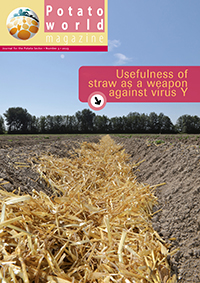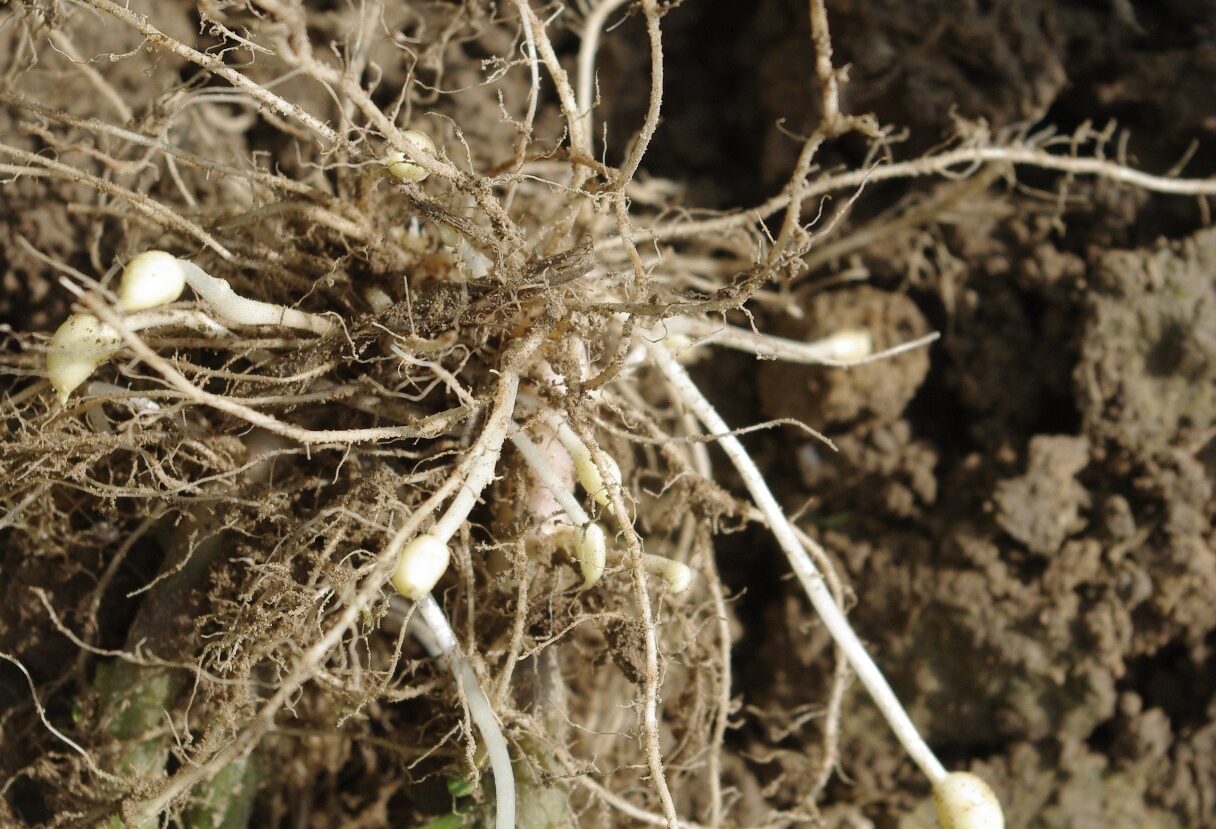Already a subscriber? Activate your premium account

Potatoworld Magazine

Growing a potato crop, unlike producing an item in a factory, is surrounded by uncertainties. When a field needs to be planted in spring or autumn, the exact date cannot be predicted with certainty.
It is not known when the winter ends, when the fields are dry and accessible after winter. In the (sub) tropics it is unsure when the heaviest rains of the rainy season have passed or when the first rains will fall. Even when a grower starts to plant it is uncertain if unfavorable weather events such as rain interfere and if so it is not sure that the event is concluded the same day. Thus the same field potentially faces more than one planting day, this usually is the case in low tech farming with manual labor only.
In large-scale farming, different fields are usually planted on different days. So there is year to year and field to field variation in planting time and soil conditions of the field to be planted. The repercussions for yield and quality and variation of quality among tuber lots cannot be predicted with certainty. The seed tubers planted differ considerably among themselves concerning size, sprouting condition, cut or not. The planting process gives rise to differences such as deviations from the average and intended planting depth and distances between the plants within the row and in case of manual planting, also the distances between the rows. Heterogeneous conditions in the soil cause differences among plants with reference to water availability such as rooting depth and soil structure.
Plants differ in the number of stems which leads to differences in competitive ability among plants but also among main stems and lateral stems where few or many tubers are formed within a few or over many days. As a result, prediction of yield and quality is a statistical process and also the description of the yield per plant or plot is an approximation, a mean value. Also the quality is expressed in mean values of tuber weight and standard deviation as is made visible in the distribution of the tuber size in riddle or weight classes. Other characteristics also vary around a mean such as the value of dry matter concentration, the content of reducing sugars or the proportion of certain defects such as blackspot. Thus, growers, procurement, processors and consumers deal with average operations, conditions, yield and quality. The objective of crop management is to steer the crop in the desired directions of average yield and quality with as little variation around the mean value as possible. Large deviations around the average, especially lower than expected yields and worse than aimed for quality, induce waste because of rejection and removal of tubers that do not meet the specifications for sales.
Top photo: Upon planting the potato plant develops main stems, lateral stems and stolons that either or not produce branches. Not all stolon tips yield tubers and part of the tubers once formed are resorbed after initiation. All these plant processes are influenced by a complex interaction of within field variation, propagation material, environment and crop management. As a result tuber numbers per plant nor per field are predictable accurately.
Events
©2015 - 2024 Potatoworld | Webdesign and realisation COMMPRO